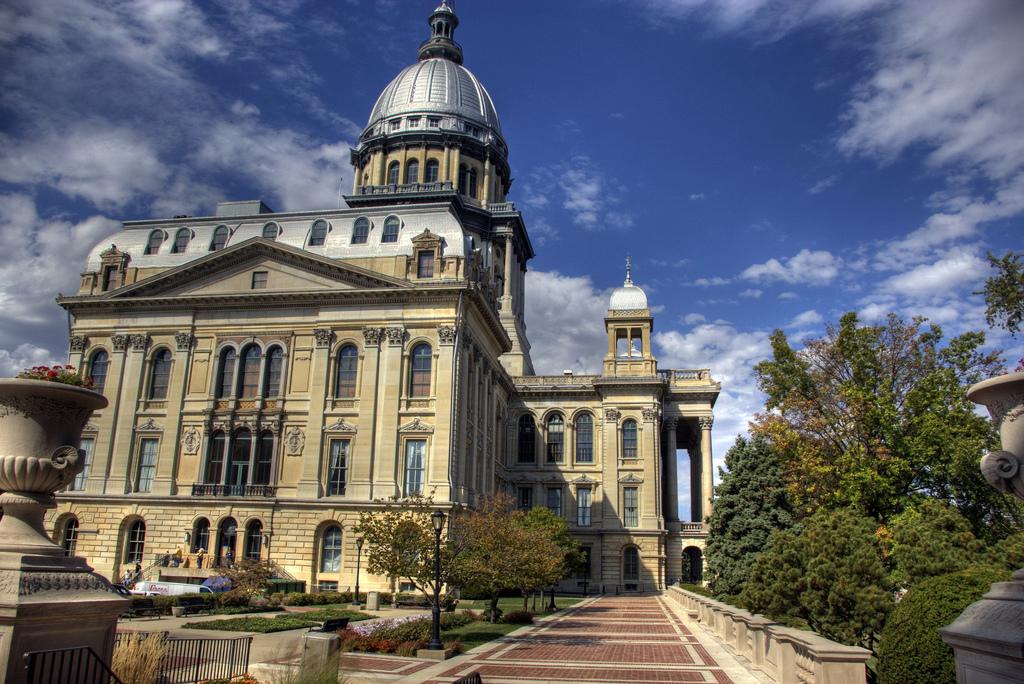Governments raising retirement age, reducing benefits for state employees
In Illinois, they’ve raised the retirement age from 55 to 67. They’re one of several states trying to rein in budget deficits by cutting state employee benefits. (Photo by Flickr user Jason Dunnivant cc-by-sa)
Story from Here and Now. Listen to audio above for full report.
Budget shortfalls have been hitting states for several years now, and as they look for places to save money, many have settled on the same area: their employees.
Across the country, 14 states have raised the minimum retirement age for new employees. In Illinois, for example, the minimum retirement age used to be 55. Now it’s 67. Massachusetts is considering raising its minimum retirement age from 55 to 60 and retirement with full benefits from 65 to 67.
But there are other changes in the works as well, specifically to the system that pays employees in their retirment years.
Traditionally that meant a defined-benefit pension. Now, for more and more state employees, that means a 401k.
“People are living a little longer, but it’s really just gotten more expensive,” said Chris Christoff, the Bloomberg News statehouse bureau reporter in Lansing, Mich.
For a long time, the system for funding pensions enabled state employees to retire in their 50s. That means paying retirement benefits for 20 to 30 years — or more.
But that’s not the whole problem. For the longest time, states weren’t putting into their pension funds as much money as accountants expected. That, coupled with stock market declines, has also led to problems for employees.
Traditionally, pensions, even for long times were considered a fair reward for state employees that were paid less than their private sector colleagues, as well as a way to ensure continuity of government services. But one side of that equation may be shifting.
“Studies about whether public employees make more or less than those in the private sector are conflicted now, but it’s agreed upon that benefits in public sector now are somewhat higher than in the private sector,” Christoff said.
But there’s some arguing that by shifting risks to employees, the government is merely shifting where its budget shortfalls wind up. If employees don’t save sufficient income for their retirement years they’ll almost assuredly wind up receiving food stamps and other forms of government assistance.
“The question is will more people wind up on welfare systems because they don’t have retirement. And yes, that could happen,” Christoff said.
About 80 percent of public employees are currently covered by defined-benefit pensions. In contrast, between 65 and 70 percent of private sector employees are covered by a 401k or similar account.
—————————————————–
“Here and Now” is an essential midday news magazine for those who want the latest news and expanded conversation on today’s hot-button topics.
